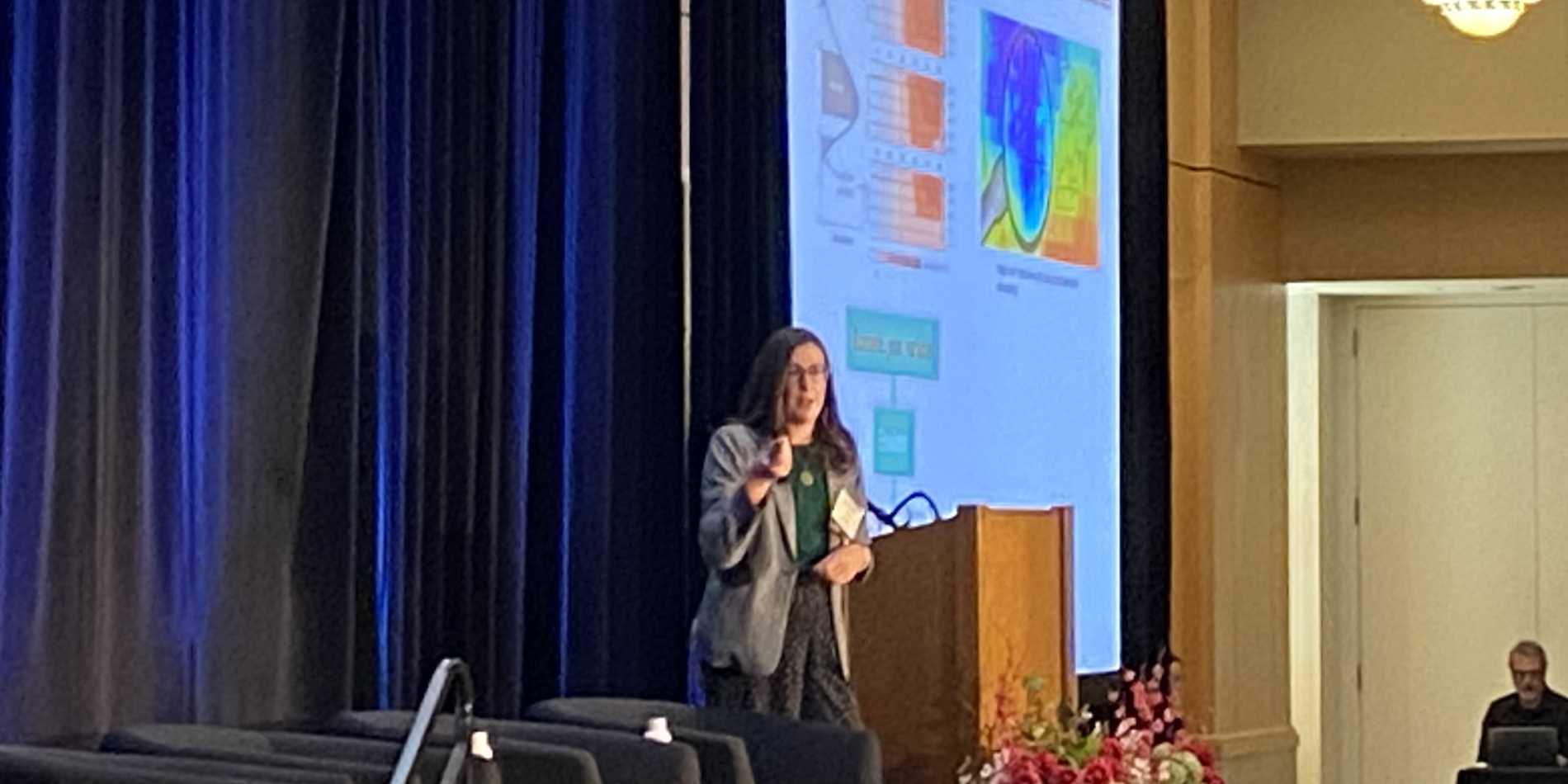Mobility models of COVID-19 inform reopening
Restaurants, gyms, cafes and other crowded indoor venues accounted for some 8 in 10 new coronavirus infections in the early months of the U.S. epidemic, according to a new analysis that could help officials around the world now considering curfews, partial lockdowns and other measures in response to renewed outbreaks.
The New York Times recently wrote about a new study from Stanford Data Science co-director, Dr. Jure Lesckovec et al., on a model which predicts that a small minority of “superspreader” points of interest (POI) account for a large majority of COVID-19 infections and that restricting maximum occupancy at each POI is more effective than uniformly reducing mobility.
New York Times: Research using spring cellphone data in 10 U.S. cities could help influence officials
This research was part of the Stanford Data Science Collabratory.
Mobility network models of COVID-19 explain inequities and inform reopening
Read paper here: https://www.nature.com/articles/s41586-020-2923-3
Read pre-print here: https://www.medrxiv.org/content/10.1101/2020.06.15.20131979v2




